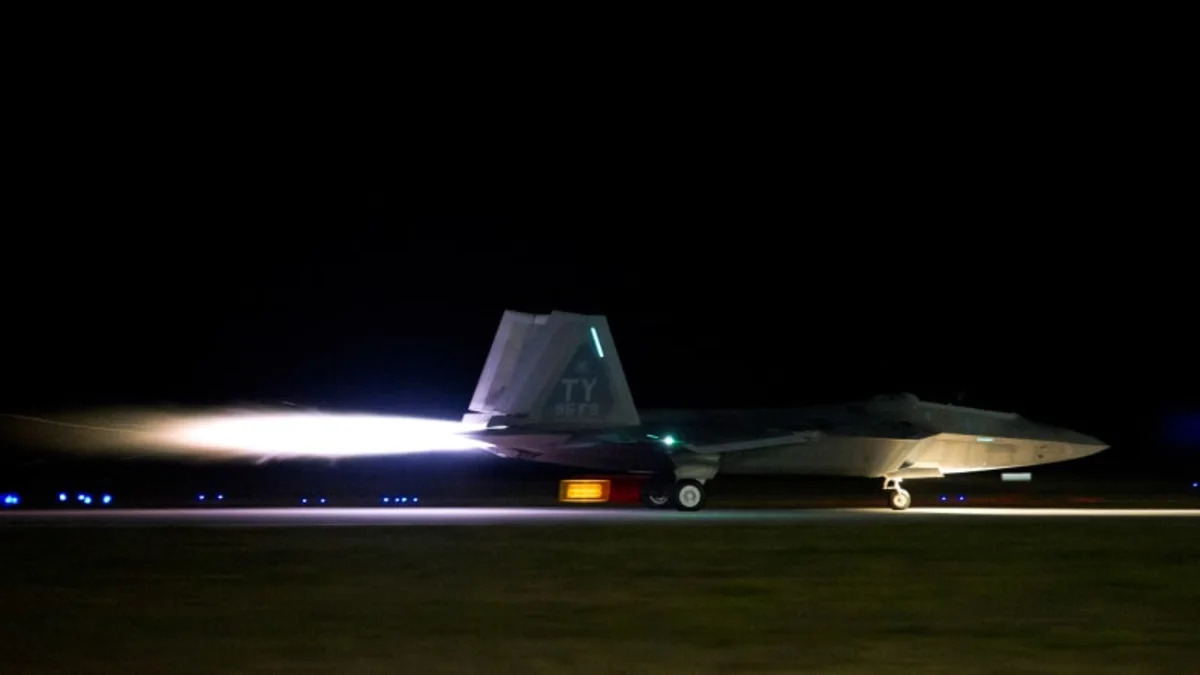This post is appearing on Autoblog Military, Autoblog's sub-site dedicated to the vehicles, aircraft, and ships of the world's armed forces.
UPDATE: A previous version of this story listed the F-22 and F-35 engines as General Electric units. This is incorrect. The engines are produced by Pratt and Whitney. The story has been edited accordingly.
When we hear about espionage, it's because authorities caught a spy trying to smuggle data or small technical components out of the country. You know, stuff that's easy to conceal. We rarely hear stories about pilfering something the size of a jet engine.
But that's what the Department of Justice recently convicted Wenxia Man of. According to Foxtrot Alpha and a DoJ release, Man is guilty of "conspiring to export and cause the export of fighter jet engines, an unmanned aerial vehicle – commonly known as a drone – and related technical data to the People's Republic of China, in violation of the Arms Export Control Act."
Man tried to export entire Pratt and Whitney engines from the US military's two newest fighter aircraft, the F-35 Lightning II and F-22 Raptor. Man also tried to export the F-16 Flying Falcon's General Electric engine and an entire MQ-9 Reaper drone. The Reaper has a wingspan of 65 feet – even if Man could have acquired an unassembled drone, shipping one out of the country is a ludicrous idea.
But she tried anyway. According to the DoJ documents, between March 2011 and June 2013, Man worked with a contact in the PRC to illegally export the components and the relative technical data. Despite the severity of the crime – the F-35/F-22 engines and MQ-9 are among the newest items in the military's aerial arsenal – Man faces a maximum of 20 years in federal prison. Sentencing is in August.
UPDATE: A previous version of this story listed the F-22 and F-35 engines as General Electric units. This is incorrect. The engines are produced by Pratt and Whitney. The story has been edited accordingly.
When we hear about espionage, it's because authorities caught a spy trying to smuggle data or small technical components out of the country. You know, stuff that's easy to conceal. We rarely hear stories about pilfering something the size of a jet engine.
But that's what the Department of Justice recently convicted Wenxia Man of. According to Foxtrot Alpha and a DoJ release, Man is guilty of "conspiring to export and cause the export of fighter jet engines, an unmanned aerial vehicle – commonly known as a drone – and related technical data to the People's Republic of China, in violation of the Arms Export Control Act."
Man tried to export entire Pratt and Whitney engines from the US military's two newest fighter aircraft, the F-35 Lightning II and F-22 Raptor. Man also tried to export the F-16 Flying Falcon's General Electric engine and an entire MQ-9 Reaper drone. The Reaper has a wingspan of 65 feet – even if Man could have acquired an unassembled drone, shipping one out of the country is a ludicrous idea.
But she tried anyway. According to the DoJ documents, between March 2011 and June 2013, Man worked with a contact in the PRC to illegally export the components and the relative technical data. Despite the severity of the crime – the F-35/F-22 engines and MQ-9 are among the newest items in the military's aerial arsenal – Man faces a maximum of 20 years in federal prison. Sentencing is in August.


Sign in to post
Please sign in to leave a comment.
Continue